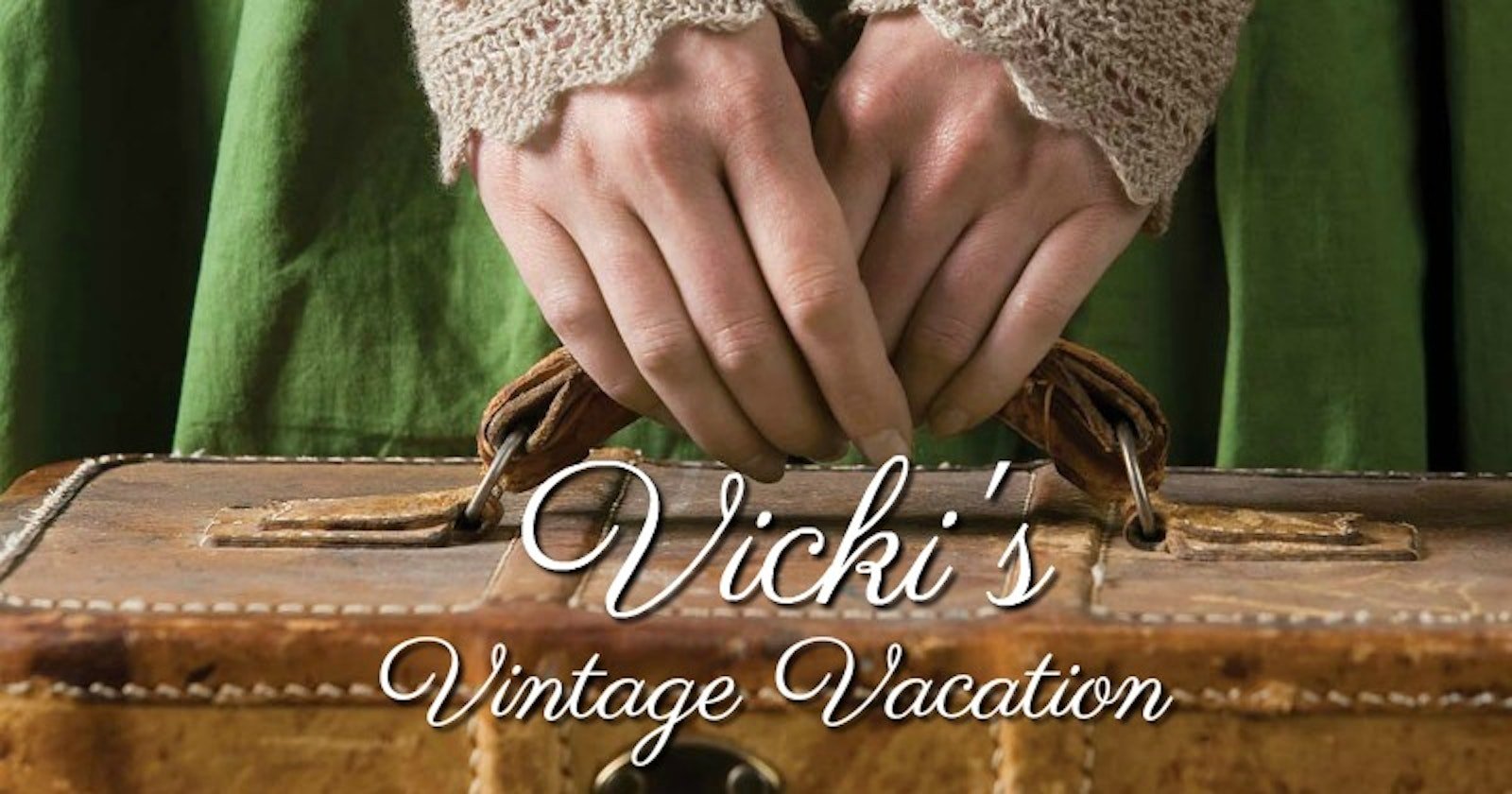Welcome to my new blog on PieceWork’s Needlework Traditions! We can walk a path together through Weldon’s Practical Needlework, and let those amazing Victorians show us a thing or two. Inspiration is found on every page in the historical needlework techniques and patterns from the time around the turn of the twentieth century in England, opening up for us a glimpse of life in Victorian England.
About Weldon’s
A subscription to a Weldon’s 14-page monthly newsletter reached many women, expanding their knowledge and their options for pleasurable pastimes or for adding to the family fund. In 1886, Weldon’s began to compile its various newsletters (called “Series” in Weldon’s lingo) into bound volumes titled Weldon’s Practical Needlework. Included in Volume 1 in a full-page ad for Weldon’s Ladies’ Journal, Weldon’s Dressmaker, Weldon’s Bazaar of Children’s Fashions, and Weldon’s Practical Needlework is this testimonial:
- Mrs. Duncomb, 186 High Street, Stratford, Essex, writes: “I have taken in your publications for the last six years, and I think them the very best, they have such simple instructions, and the patterns are the very best I have ever used; in fact, Weldon’s stand alone. I have taken, from time to time, every fashion book published, but I like yours better than any.”



Practical Knitter
The first section in Volume 1 is all about knitting, and it contains Weldon’s Practical Knitter First, Second, Third, and Fourth Series. At the beginning is the glossary of “FULL DETAILS and STITCHES EXPLAINED and ILLUSTRATED.” As I frequently tell my knitting students, “When all else fails, read the instructions!” We have the advantage today of having a more consistent standard of how various techniques are explained. While Weldon’s instructions are clear, we don’t use language quite the same way to describe our methods. This is instructive if you plan to knit from any of the patterns, so that when you come across a phrase that is somewhat ambiguous, you will have a guide to the Victorian mind. Beside that, it is simply charming and well worth a read.
Knitting Definitions
As an example, under the “Definitions of Terms Used in Knitting” section you will see To Narrow and To Widen, which means to decrease and to increase, respectively. The first pattern given in this first volume is for “Knitted Gloves for Gentlemen.” Filled with directions to widen and narrow, this would be a guessing game if not for reading the definitions at the beginning of the section. “In the third round from the thumb narrow twice the first two of the nine stitches cast on and the last two. “ Yes, I can do that! Of course, there is the occasional definition that will leave you scratching your head. “Purl, Seam, and Rib-Stitch–All mean the same.” “Clear as mud,” my dad used to say.
A plain stitch is a knit stitch; a purl stitch is “to knit a stitch with the yarn before the needle.” Hmm. Without telling the beginner which direction the right needle enters a stitch on the left needle, this could be a bit misleading. Now would be a good time to take Weldon’s advice: “One about to learn the rudiments of knitting would progress faster by watching the hands of the practised knitter.” It is the same today, which is why classes and workshops remain so popular, along with the trend of downloading video instructions to watch. [To learn more about Victorian knitting terms, read “5 Tips for Reading Victorian Knitting Patterns.”]

To Illustrate or Not to Illustrate
The descriptions of techniques often are accompanied by illustrations to give you a visual understanding along with the text. “How to Cast On Stitches” is a full paragraph of detailed explanation, referencing several illustrations. It must be said here that the illustrations are not necessarily given in order of use or reference in the text. At times, they aren’t on the same page; occasionally, there is no image at all to guide you. For example, the Knitted Gloves for Gentlemen pattern mentioned above is not illustrated. Consider it a treasure hunt for the adventurous knitter with the benefit of learning the language of the pattern and the satisfaction of having a finished product. [Need a little mystery in your life? Cast on “Weldon’s Mystery Project: Knitted Beaded Cuffs,” which is one of Weldon’s projects without an illustration.]
Proceed thusly. Indeed, I will! And I hope you join me on my Victorian adventure inspired by Weldon’s.
Happy vintage knitting,
Vicki

